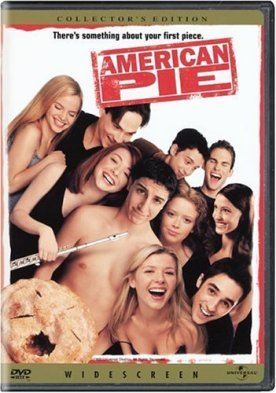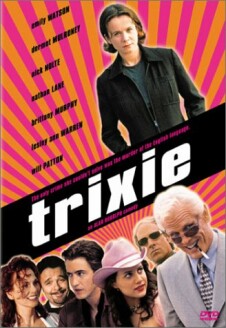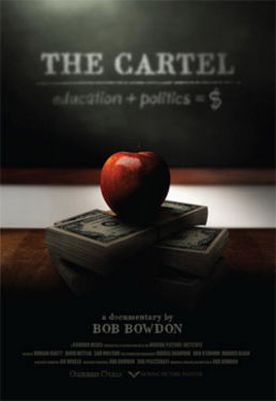Bringing Down the House
Bringing Down the House, directed by Adam Shankman from a screenplay by Jason Filardi, is yet another demonstration — as if one were needed! — of how remarkably tenacious is the Hollywood dream of the Good Life as being what uptight white folks get when they shed their white, bourgeois inhibitions and, with the help of a wise, life-affirming ethnic companion, learn — as they used to say back when this first became a fashionable Hollywood trope nearly 40 years ago — to let it all hang out.
Steve Martin plays Peter Sanderson, an overworked tax lawyer whose wife, Kate (Jean Smart) has lately divorced him for neglecting her and their two kids, Sarah (Kimberly J. Brown) and Georgie (Angus T. Jones). Martin exploits his pale skin and shock of white hair and general geekiness to be whiter than white when the ethnic companion arrives in the massive shape of Charlene (Queen Latifah), a black ex-con whom he meets, thinking her a svelte blonde lawyer, in an internet chat-room.
Charlene, whom we are meant to see as a kind of heroine of the appetites — for sex, for food, even for violence — but who is (of course) innocent of the crime for which she has been convicted, wants Peter’s help to “clear her name.” The comic means by which she manages to induce him to give it and, in the process, break down his racial, sexual, class and pro-work prejudices will be readily imagined, though their conclusion is, rather endearingly, his restoration to his family.
Yet sex between Peter and this earth-mother is only simulated, by way of instruction on how to woo his ex wife with ghetto-style dirty talk, and their chaste relations seem rather a cop-out, a way of saying: “We’re only kidding, folks. We’re really still the uptight white bourgeois that we always were and are just playing at being black and funky.” But, hey, it’s Steve Martin, the man whose claim to be a “wild and crazy guy” was always so funny because it was so obviously untrue. He was just button-down Bob Newhart with an fake arrow through his head.
He’s still playing the same role here — of the white guy who can crack people up just by using ghetto slang — and many will still find it funny. But that’s really all there is to the joke. And just in case we don’t get it, there are the even more nerdy-looking Eugene Levy and Joan Plowright, than whom one can hardly imagine a more grandly grandmotherly old lady, who also become “some kind of freaky” under Charlene’s tutelage. But by that time the poverty of comic invention has begun to be fatiguing.
Still, though a one-trick pony, the film would be quite harmless, but for the fact that the kids, too, happily learn Charlene’s lessons as 15-year-old Sarah goes uncensured for her involvement with sex and drugs while 7-year-old Georgie learns to read out of Giant Juggzz. Martin does his other patented routine, his father-of-the-bride deadpanning, when confronted by the shocking behavior of Sarah after Charlene says she needs a father and not a warden: “You can’t be mad or she’ll never tell you anything again”
So he smilingly runs over the account he has had of the evening from Charlene, that Sarah was “trippin’ on E” and some guy “tried to get all up in that,” but Charlene arrived to teach him a lesson by “bitch-slapping him.”
Sarah hugs him and says: “I have so much more to tell you!” Dad smiles some more and takes his dismay out of the room with him where he medicates it with drugs of his own. Yet his indulgence wins him the ultimate tribute when Sarah tells her mother that dad is “not the same man” he was, and Georgie backs her up: “Yeah, he’s really cool!” If this leaves just the hint of a bad taste in the mouth, perhaps the Hollywood dream has, even now, not quite triumphed in our hearts.
Discover more from James Bowman
Subscribe to get the latest posts to your email.







